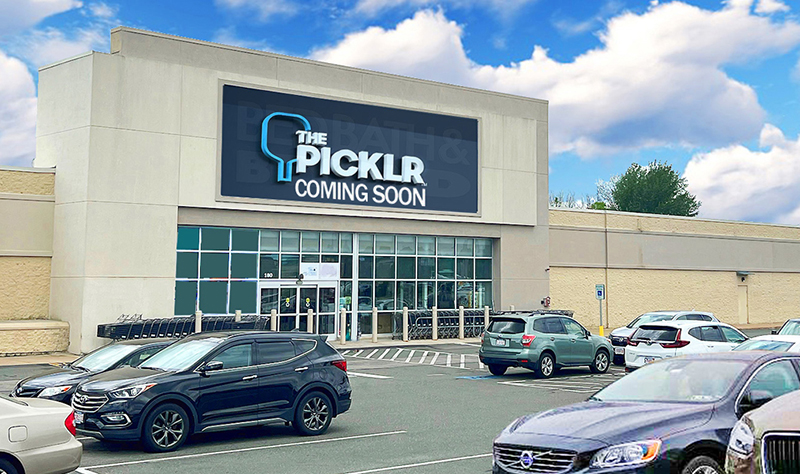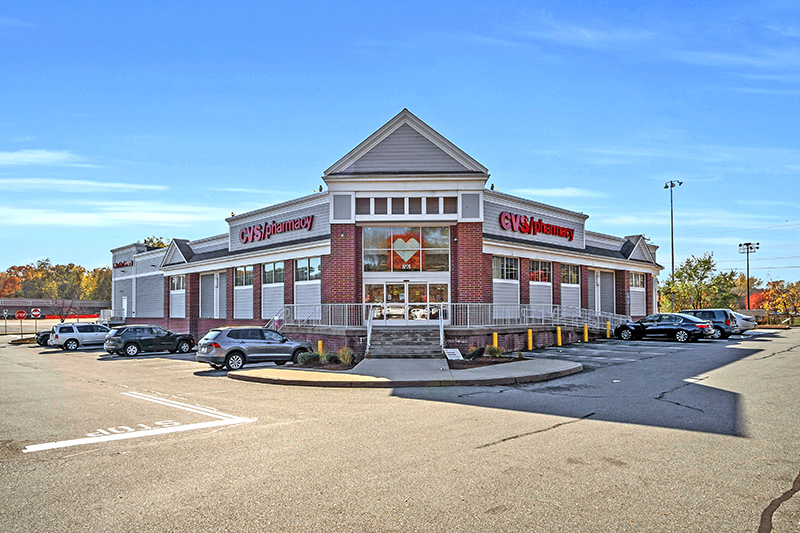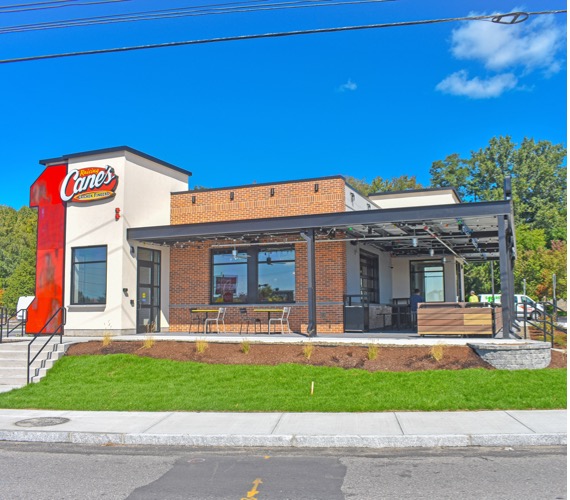News: Retail
Posted: July 26, 2012
KeyPoint Partners publishes 2012 Southern N.H. Retail Market Report
KeyPoint Partners has released The
KeyPoint Report for Southern New Hampshire 2012, a comprehensive
report on the retail real estate market in the region, according to Bob Sheehan,
vice president of research.
Based on KeyPoint Partners' GRIID, which maintains detailed
information on virtually all retail properties in the study area, The
KeyPoint Report examines supply, vacancy and absorption, retailer
activity, and market composition by store size and retail categories
during the 11-month period from June 1, 2011 through April 30, 2012.
"After a rebound in occupancy last year, when the vacancy rate
decreased from 11.4% to 9.5%, the region reverted to patterns of the
past, with the vacancy rate increasing to 10.6%," Sheehan said.
Other highlights: With limited new construction and about 269,000 s/f
of additional vacancy compared to last year, the region experienced
approximately 195,000 s/f of negative absorption. While the
absorption rate is disappointing, the cause is mainly attributable to
three big box closings, Lowe's, Sears Essentials, and Building 19.
These closings account for a combined approximately 308,000 s/f of vacant units. However, big box closings were not the only
reason for a rise in vacancy. The closings of independent mom-and-pops
continued to be the primary reason for new vacancy in smaller store
size categories.
In city and town rankings by total retail supply, the top ten cities
and towns remain the same as last year. The "Big Three," Nashua,
Manchester, and Salem, encompass 54% of the retail space in the
region. Market Basket was the leader among expanding retailers by
square footage, adding 100,000 s/f locations in Londonderry
and Manchester. Newcomer Lord & Taylor followed, opening a 124,000
s/f store in the former Macy's space at The Mall at Rockingham
Park in Salem.
The market includes 39 cities and towns representing more than 835
square miles and approximately 540,500 permanent residents (41.0% of
the state population).The KeyPoint Partners' GRIID maintains detailed
information on virtually all retail properties located in key New
England retail markets, representing more than 258 million s/f
of retail space and approximately 59,800 retail establishments.
The complete KeyPoint Report can be accessed at KeyPointPartners.com
Tags:
Retail
MORE FROM Retail
Mace of KeyPoint Partners negotiates 36,192 s/f lease for The Picklr at Endicott Square
Danvers, MA KeyPoint Partners (KPP) negotiated a lease with the nation’s premier indoor pickleball venue The Picklr at Endicott Sq. Vice president of retail brokerage Don Mace negotiated the transaction on behalf of the landlord.




.jpg)



